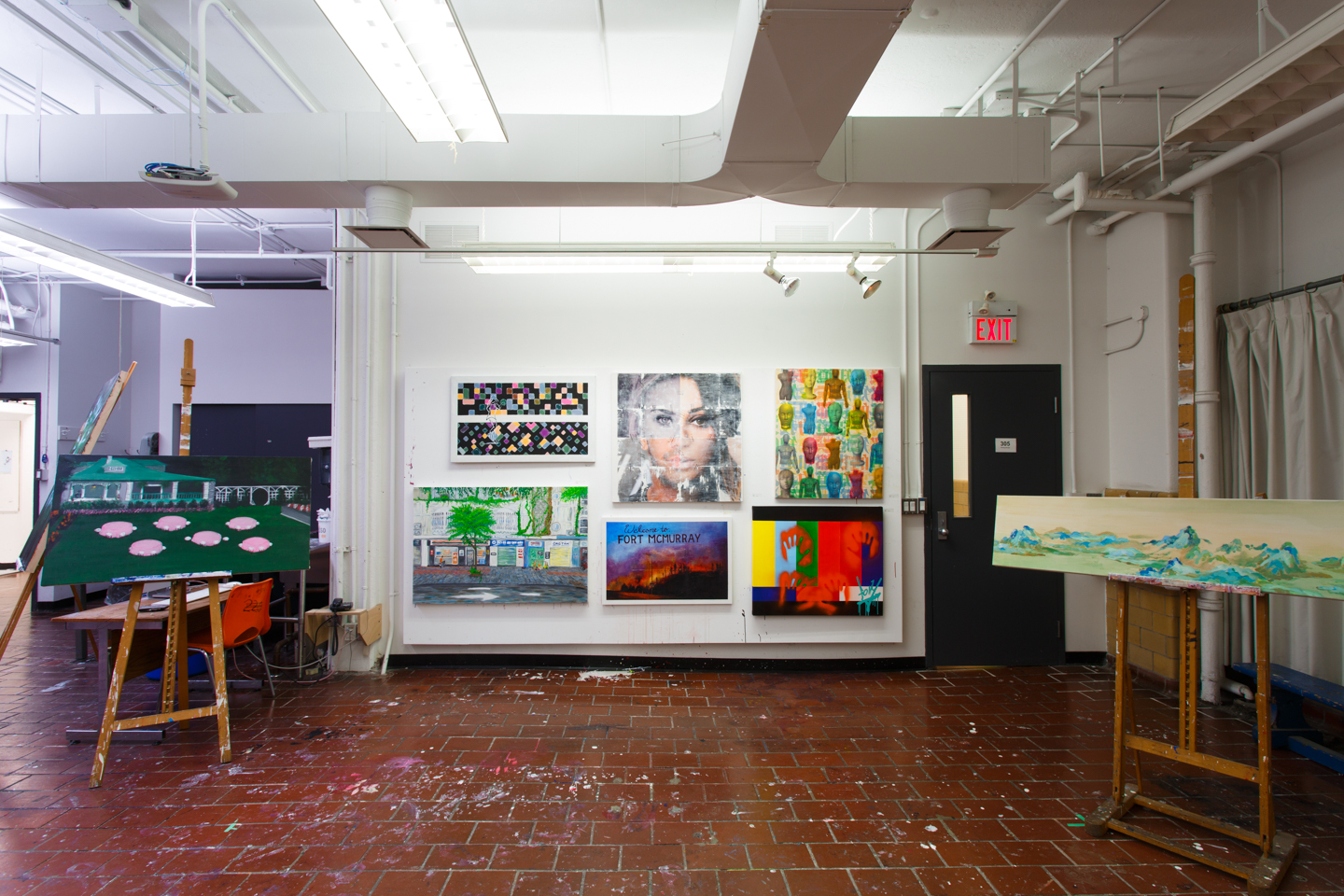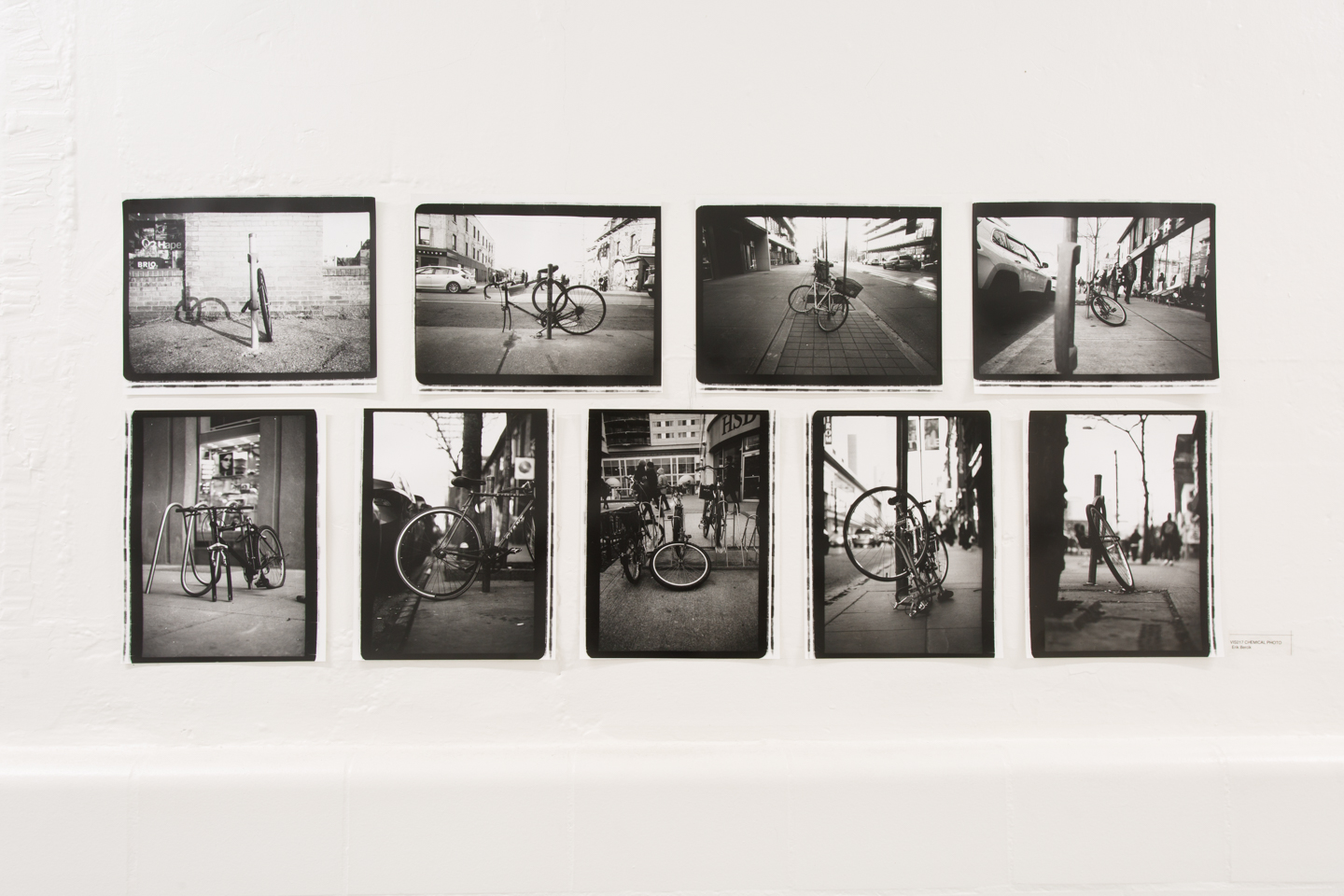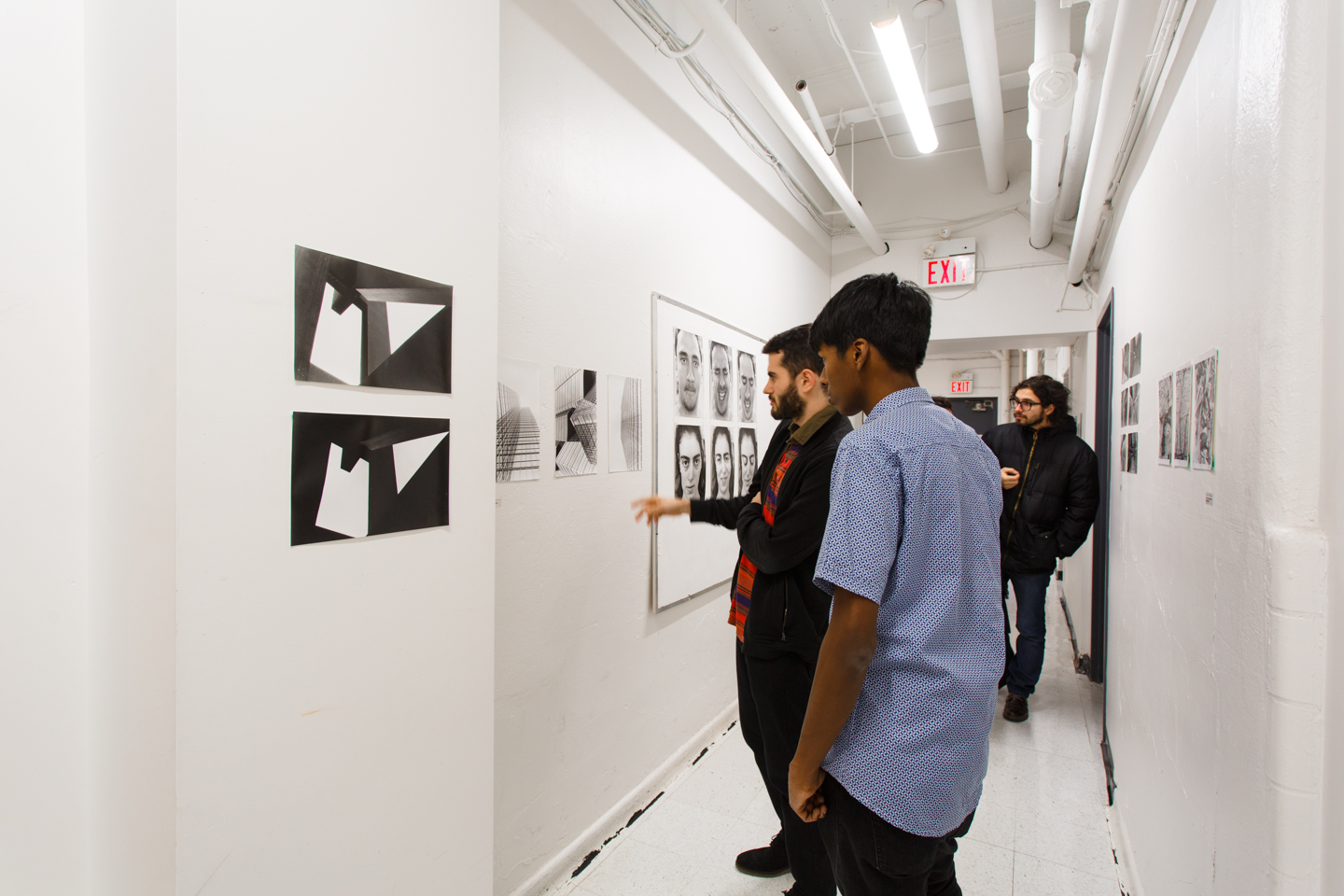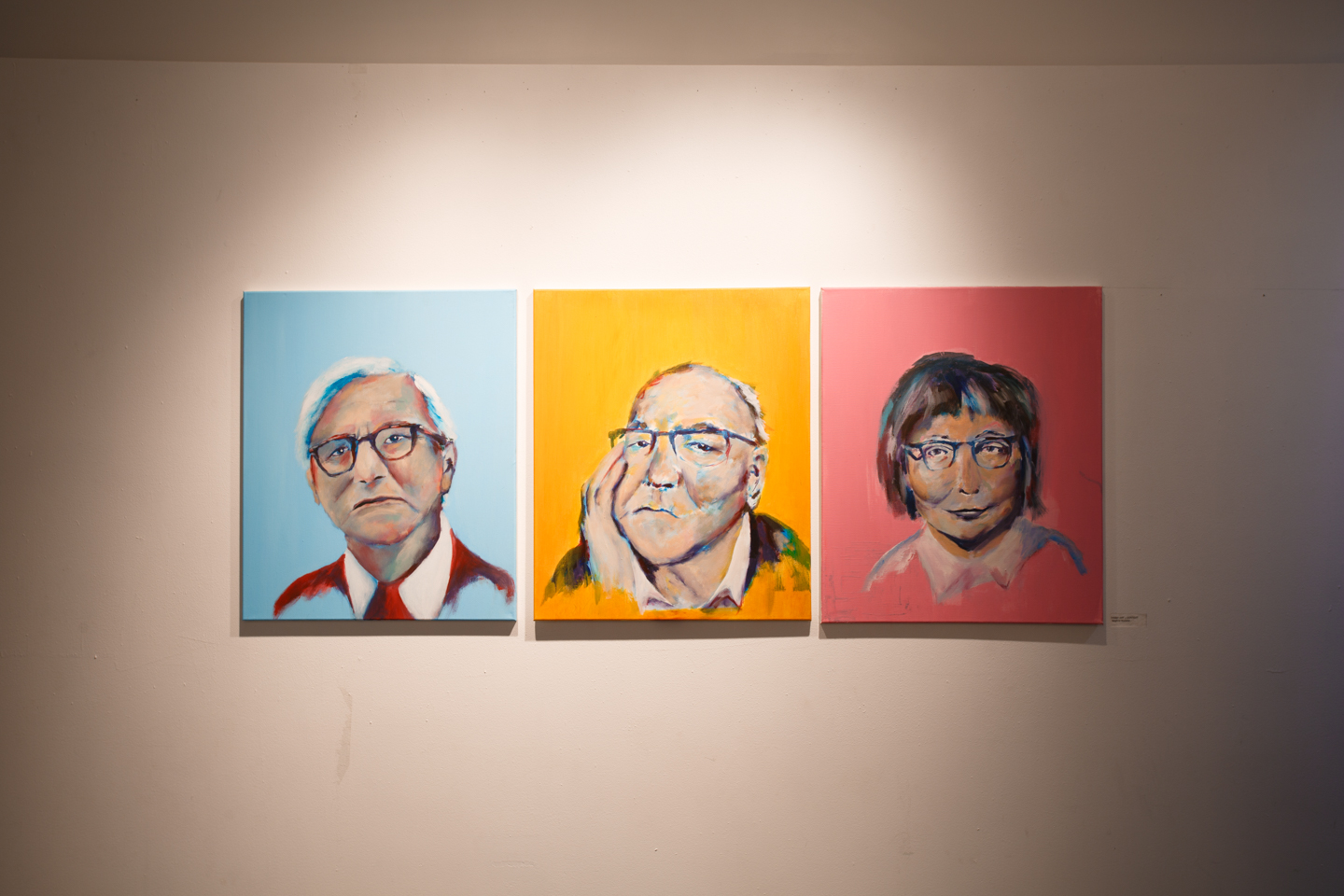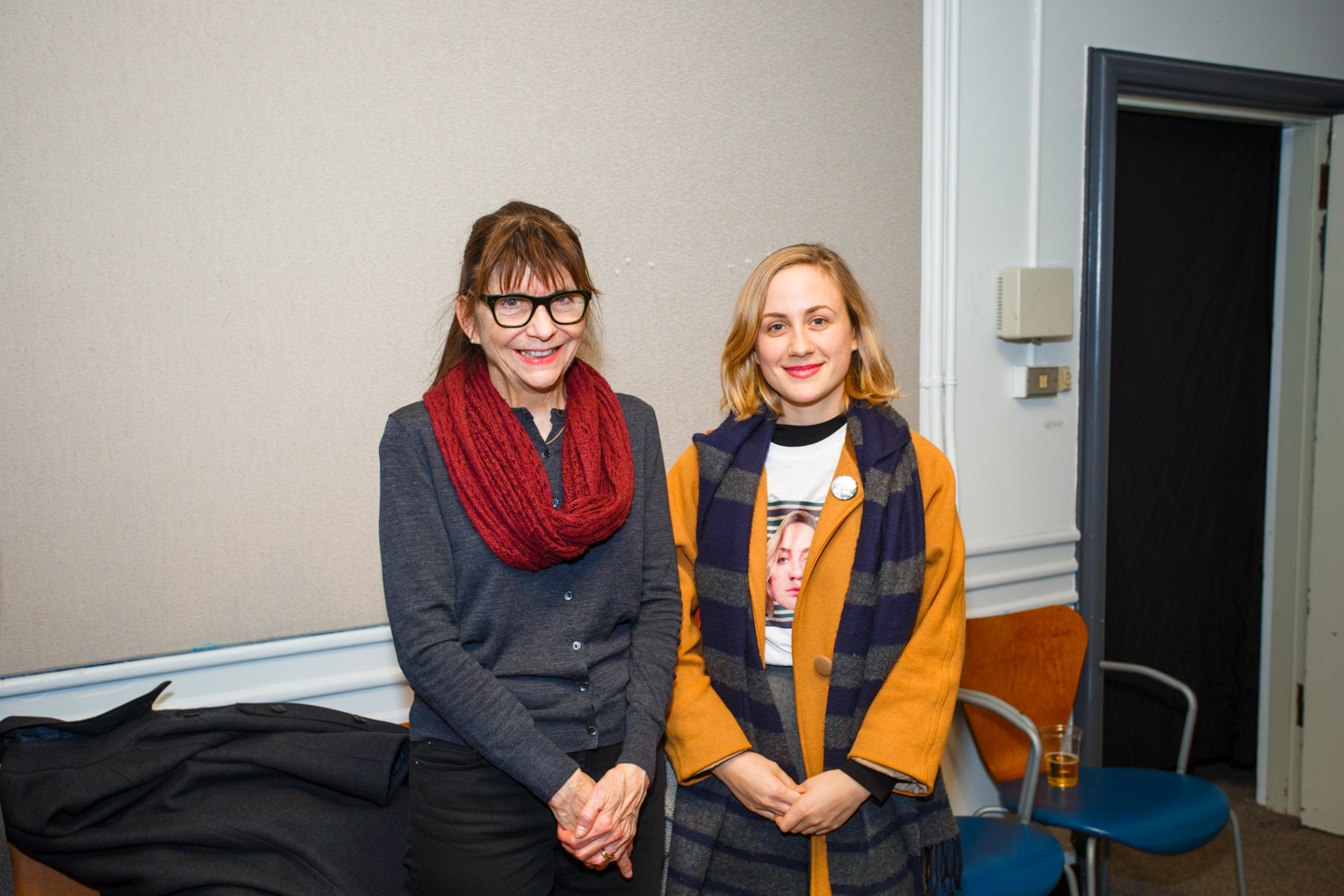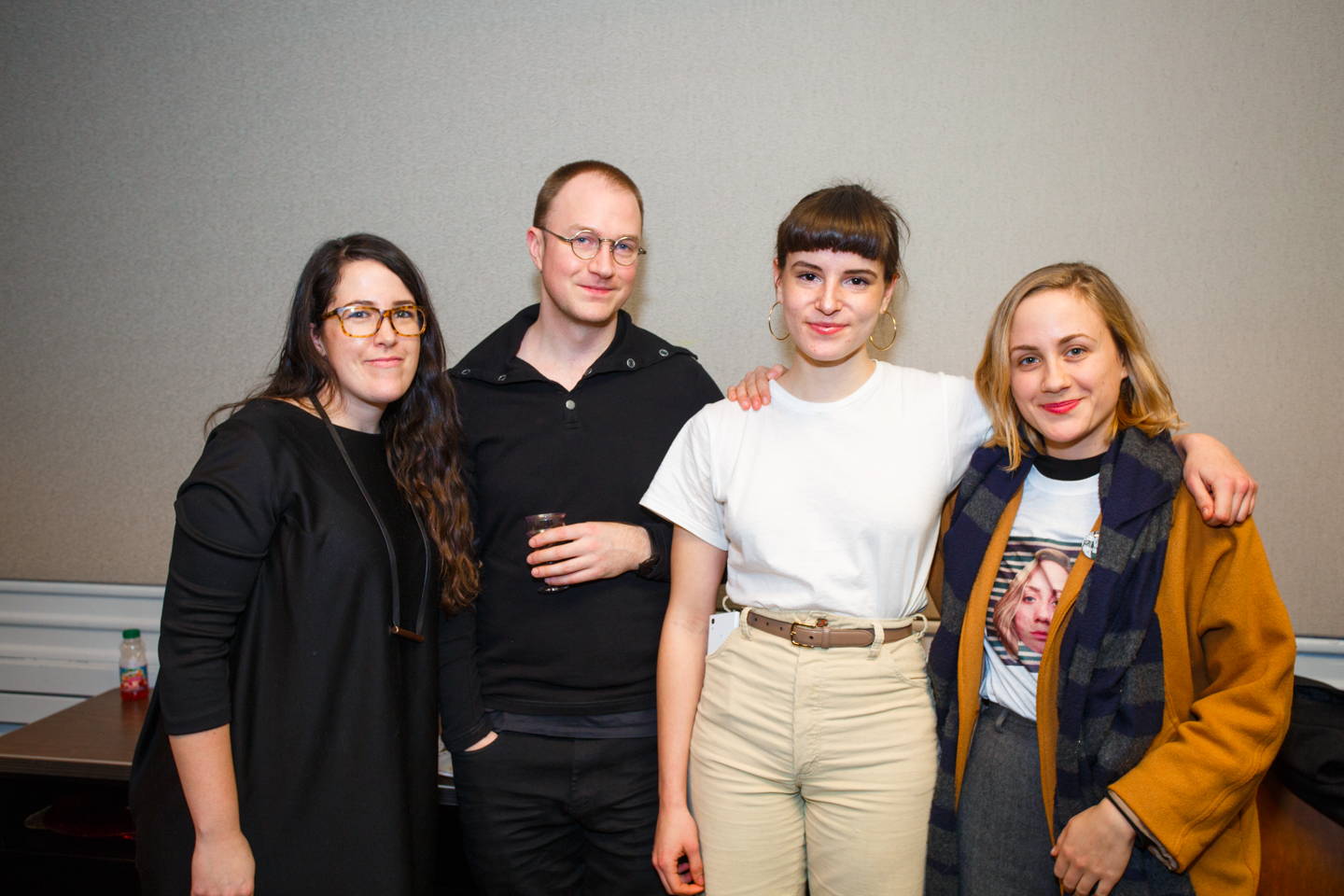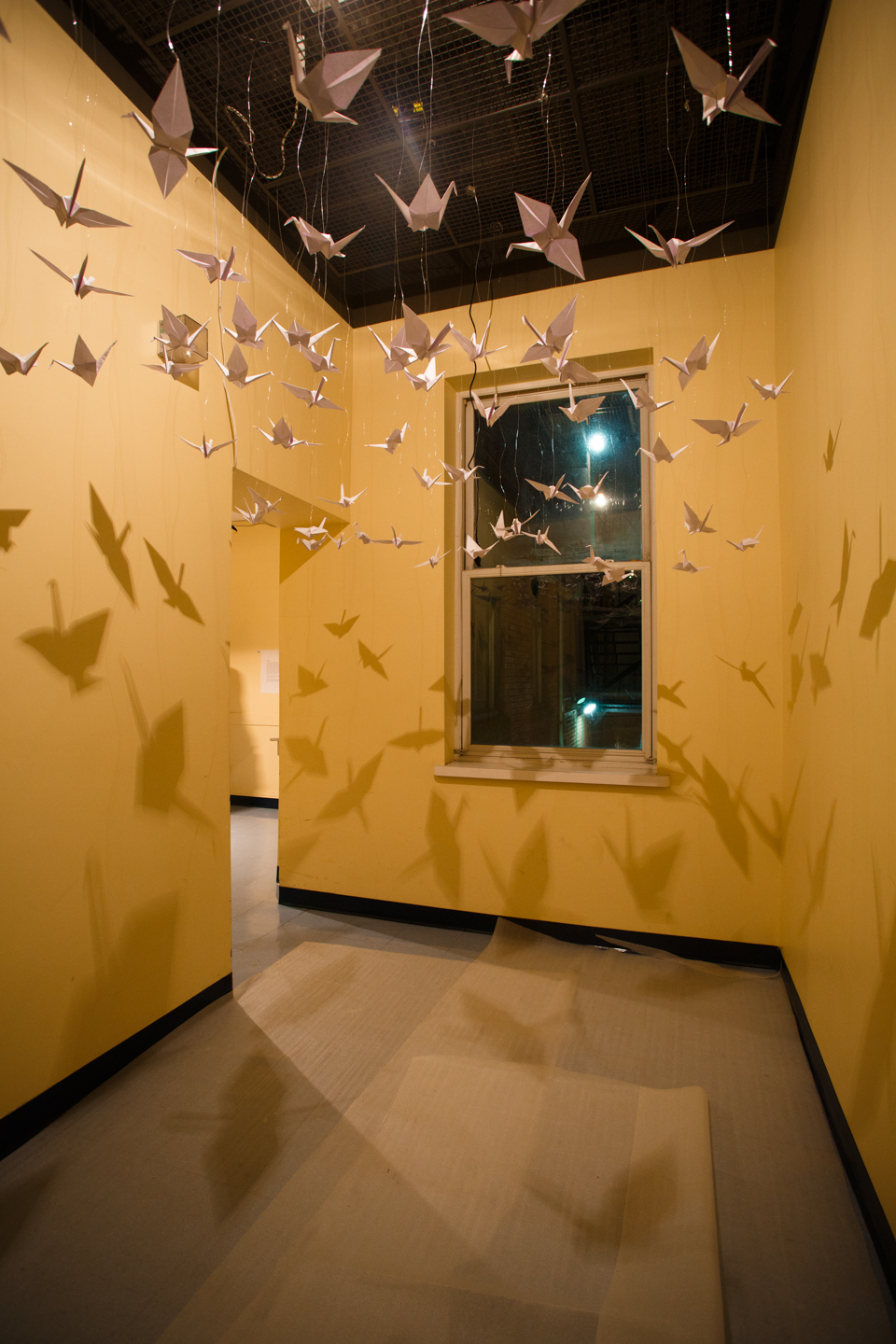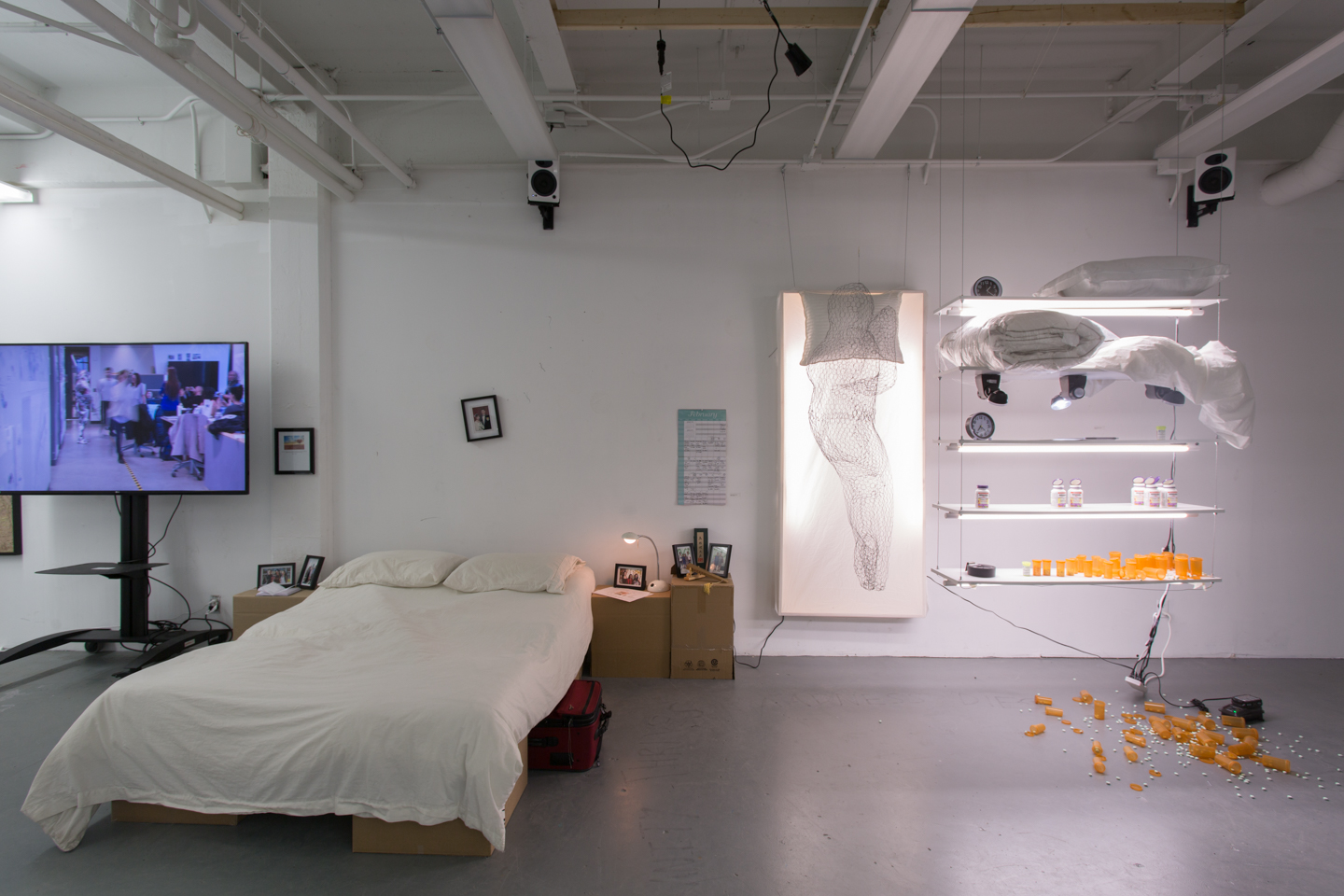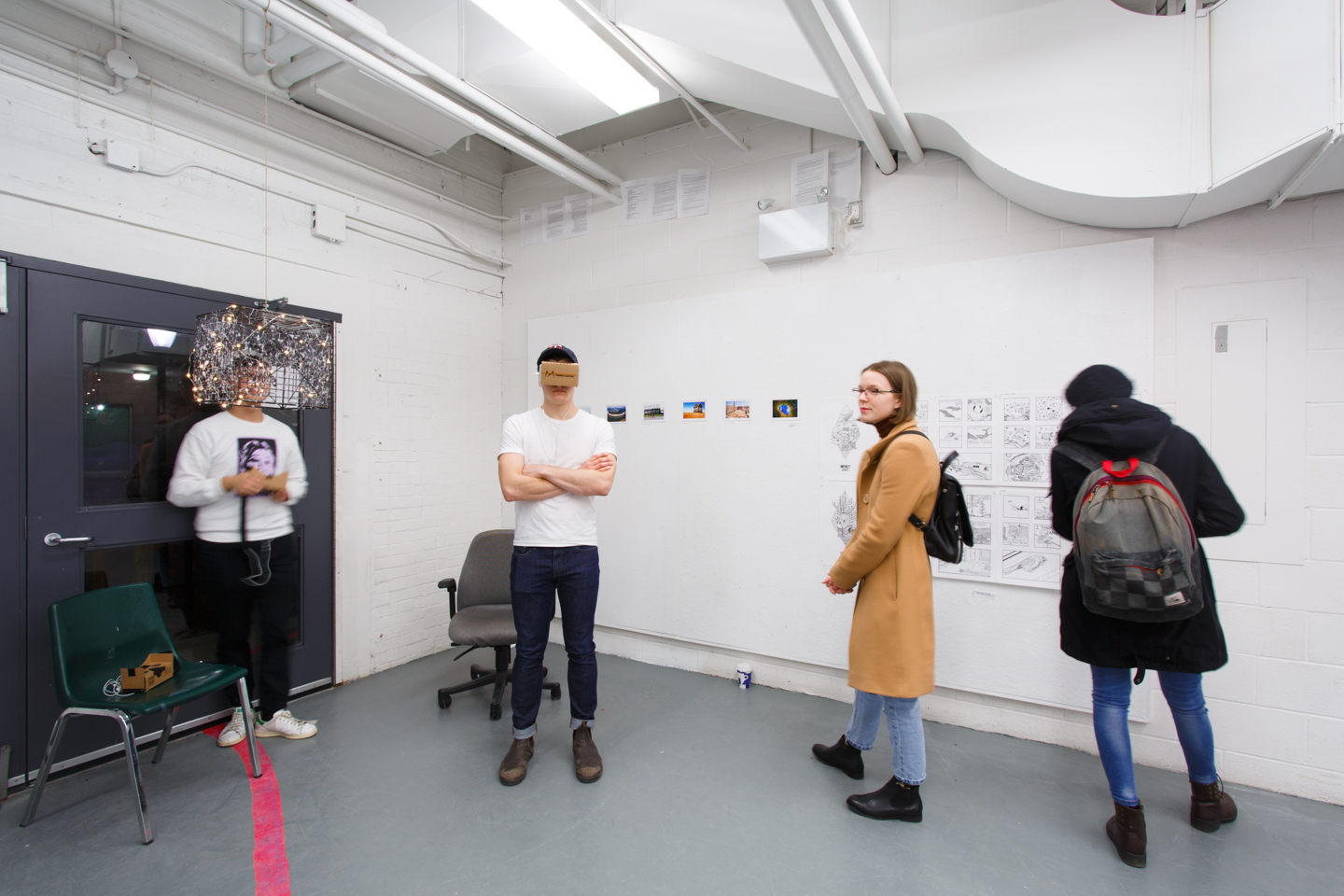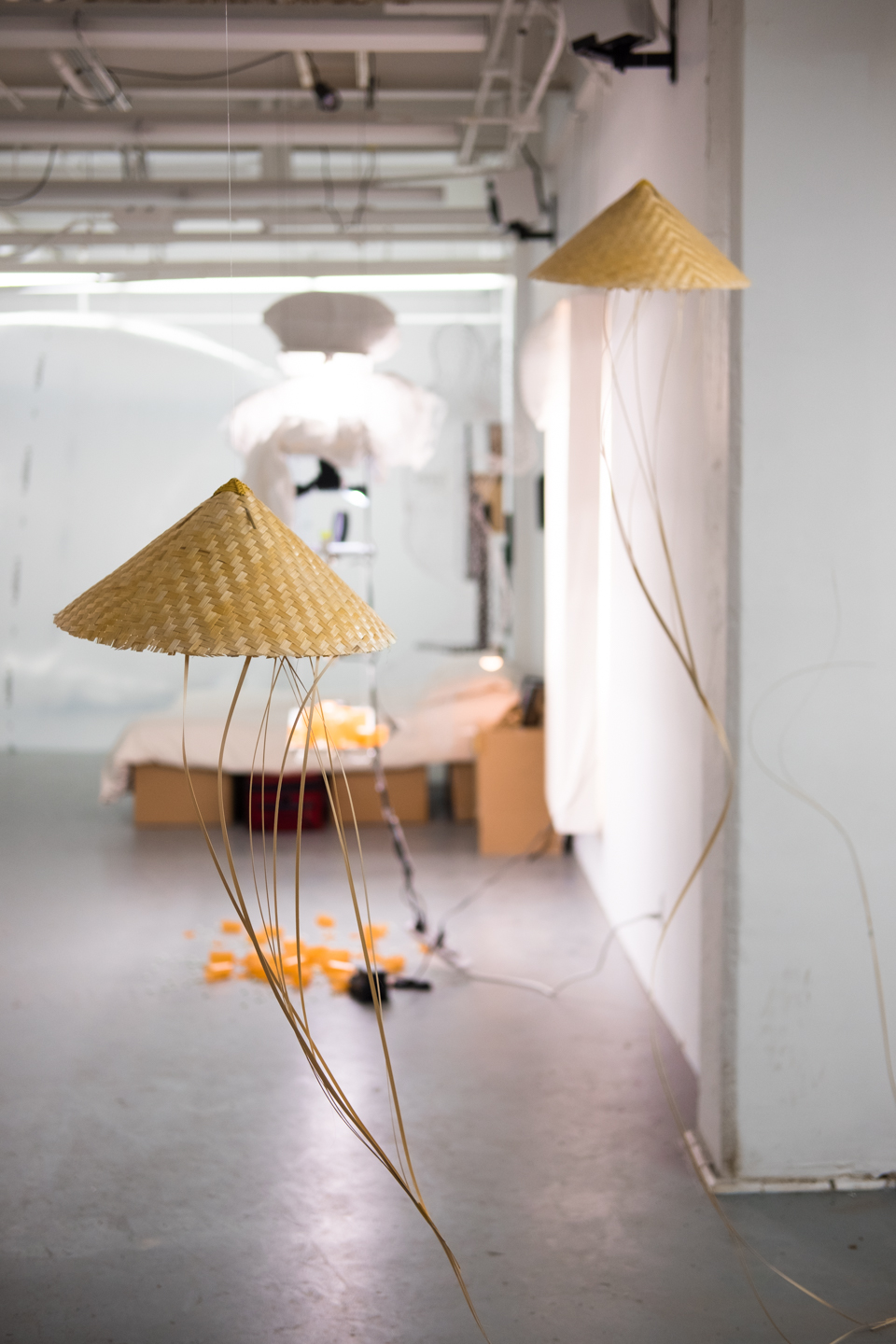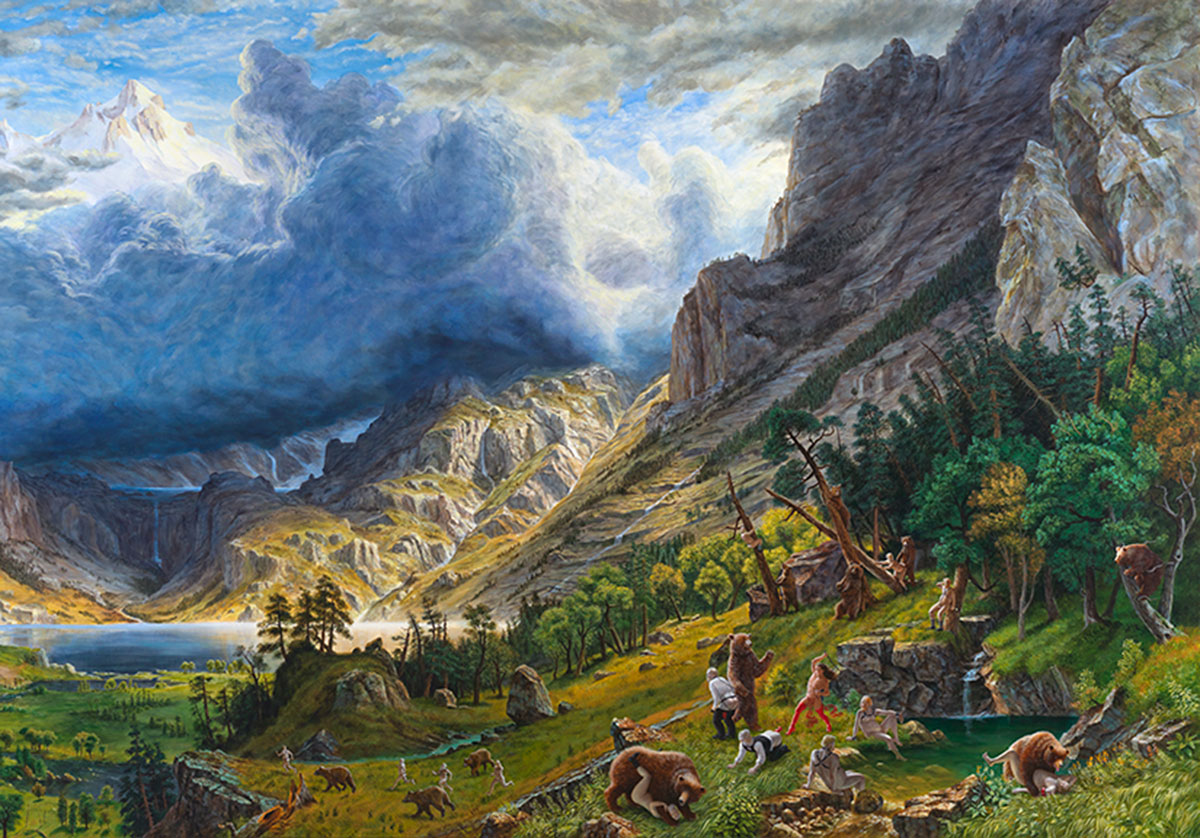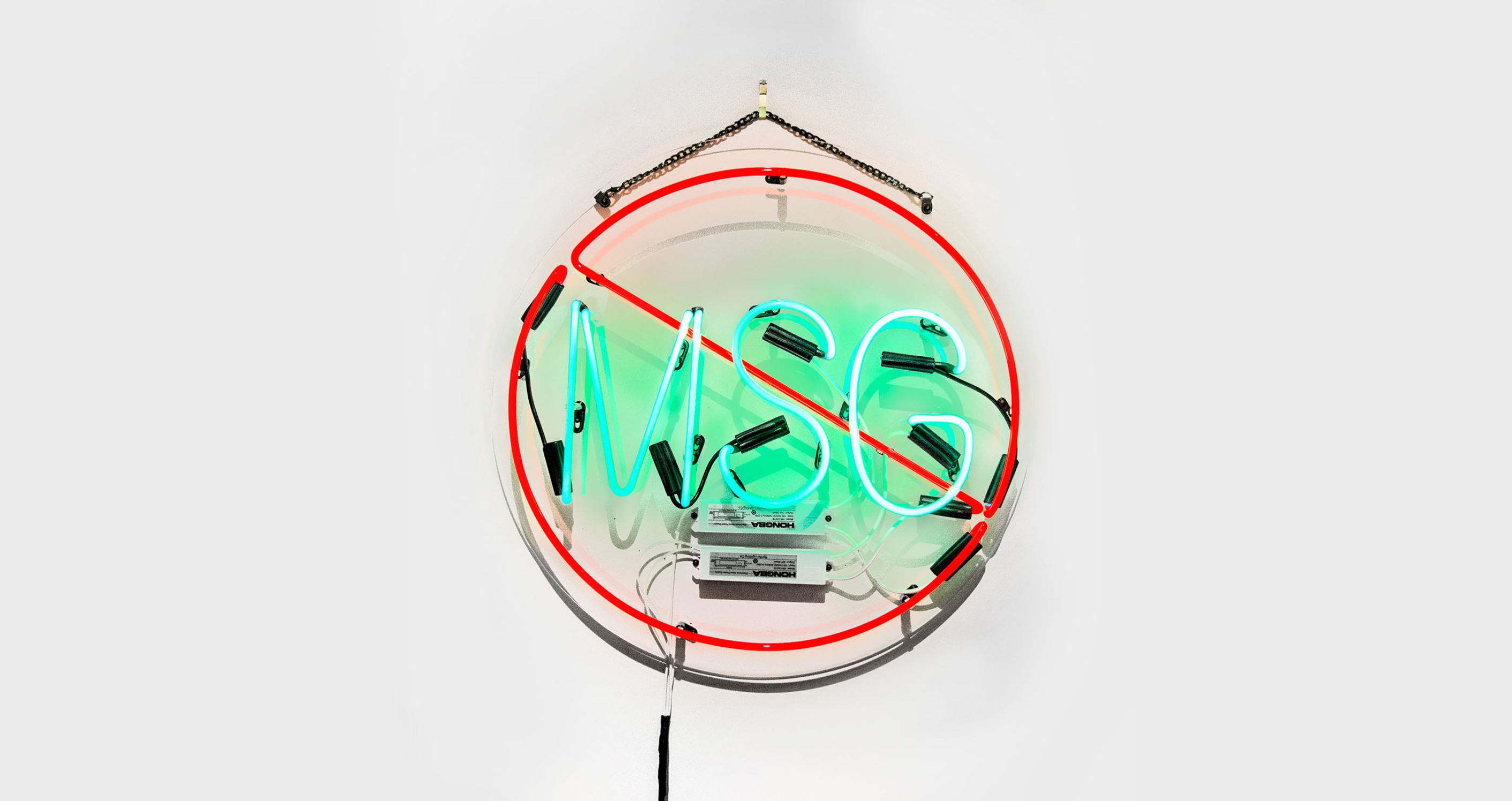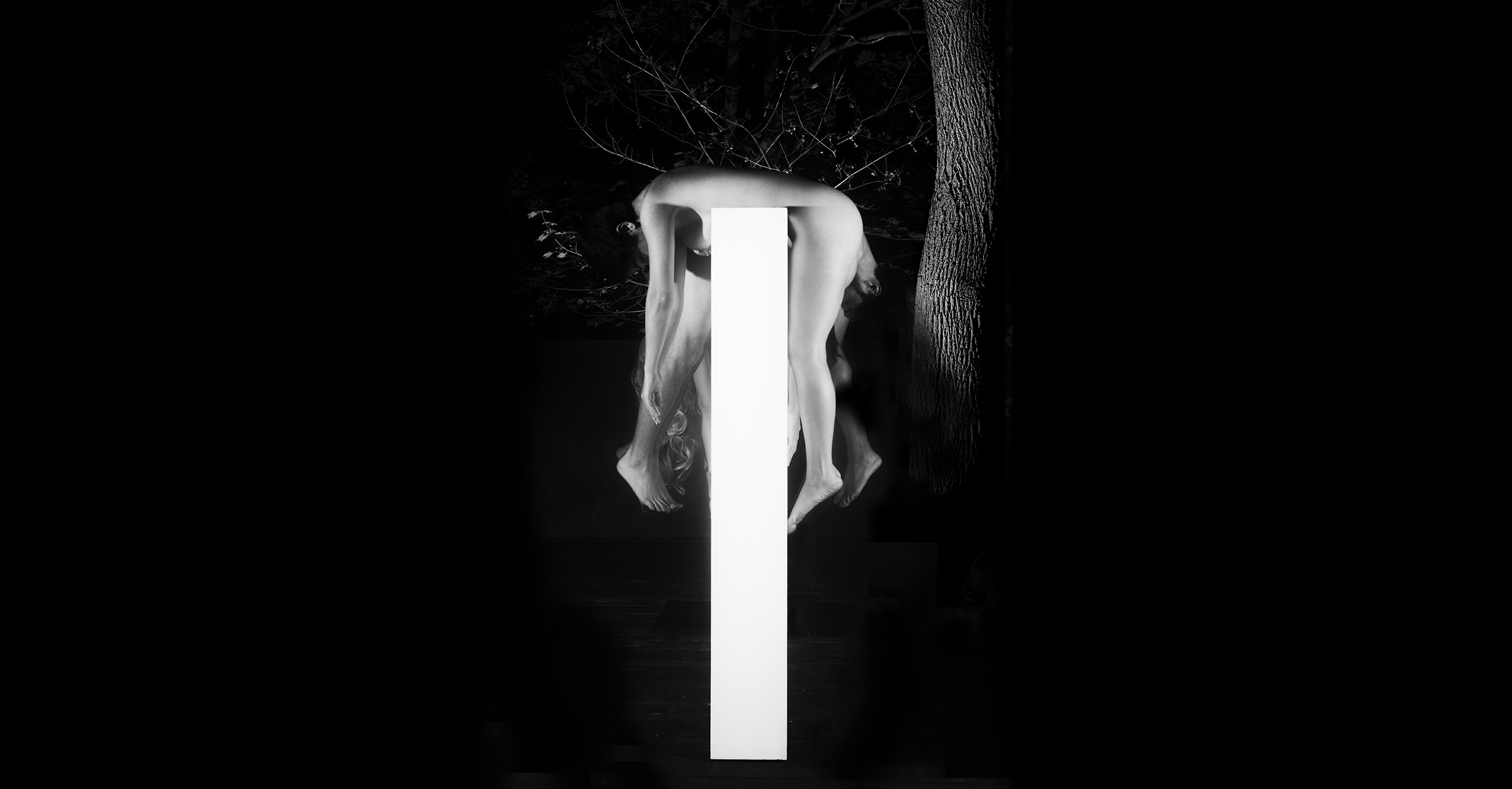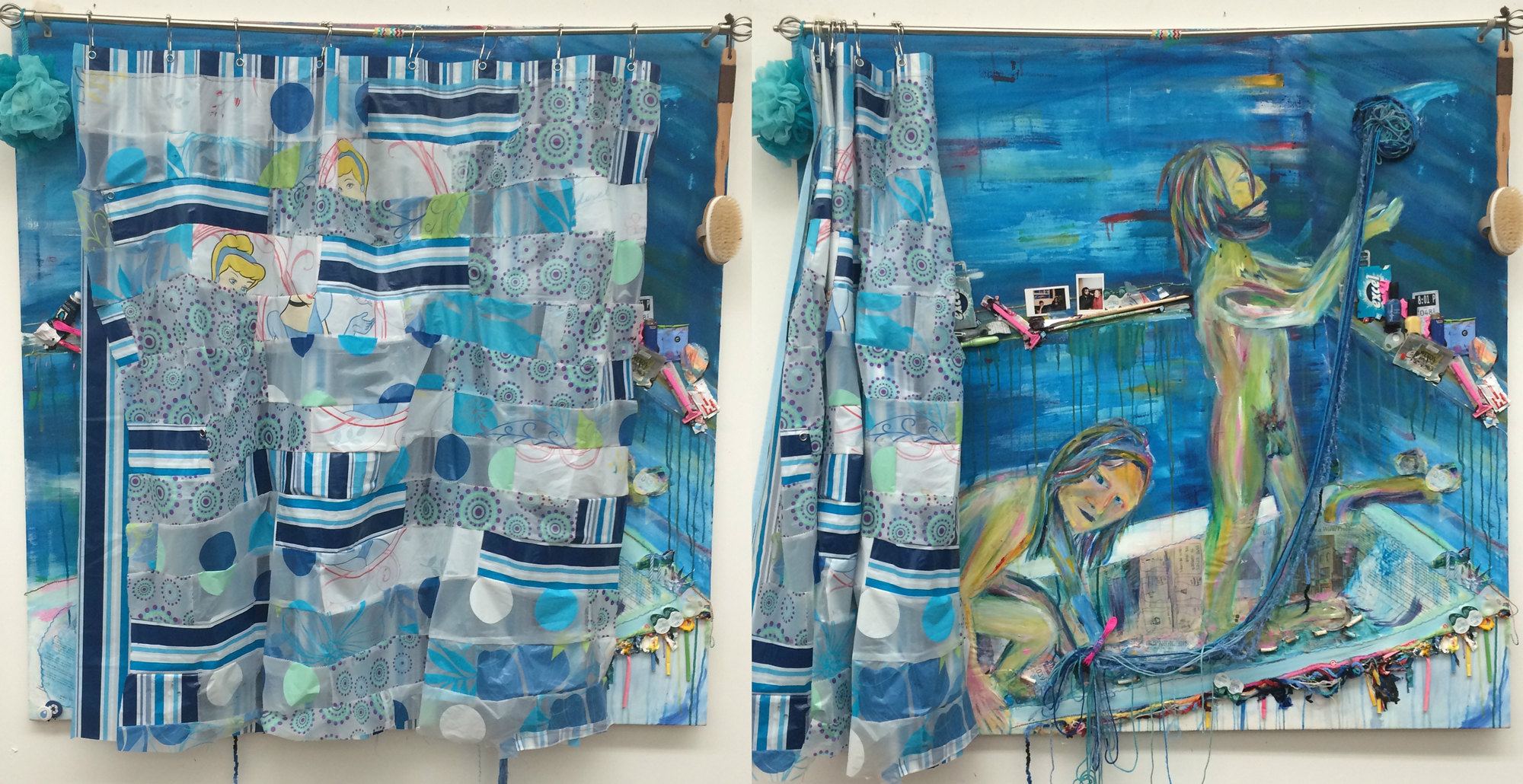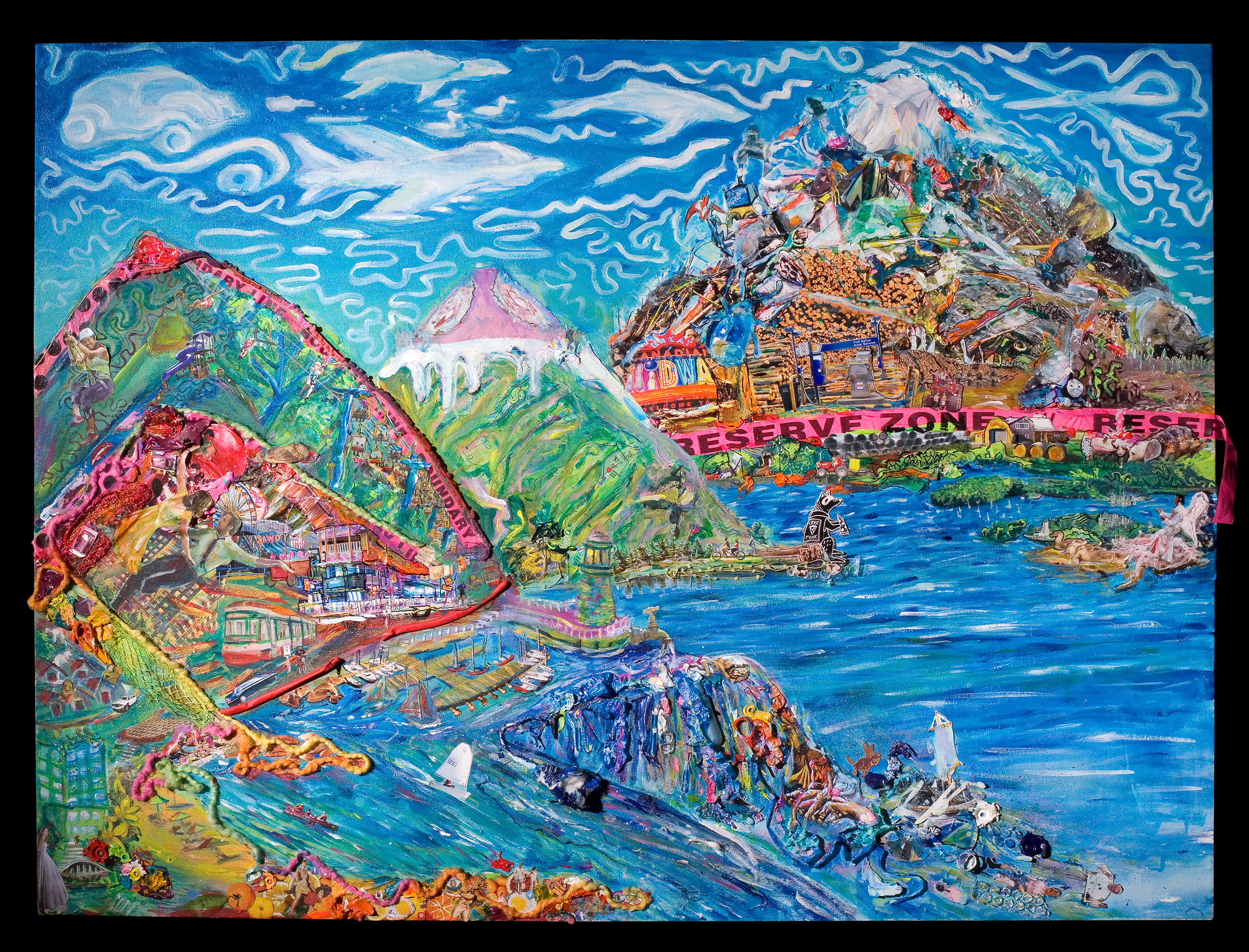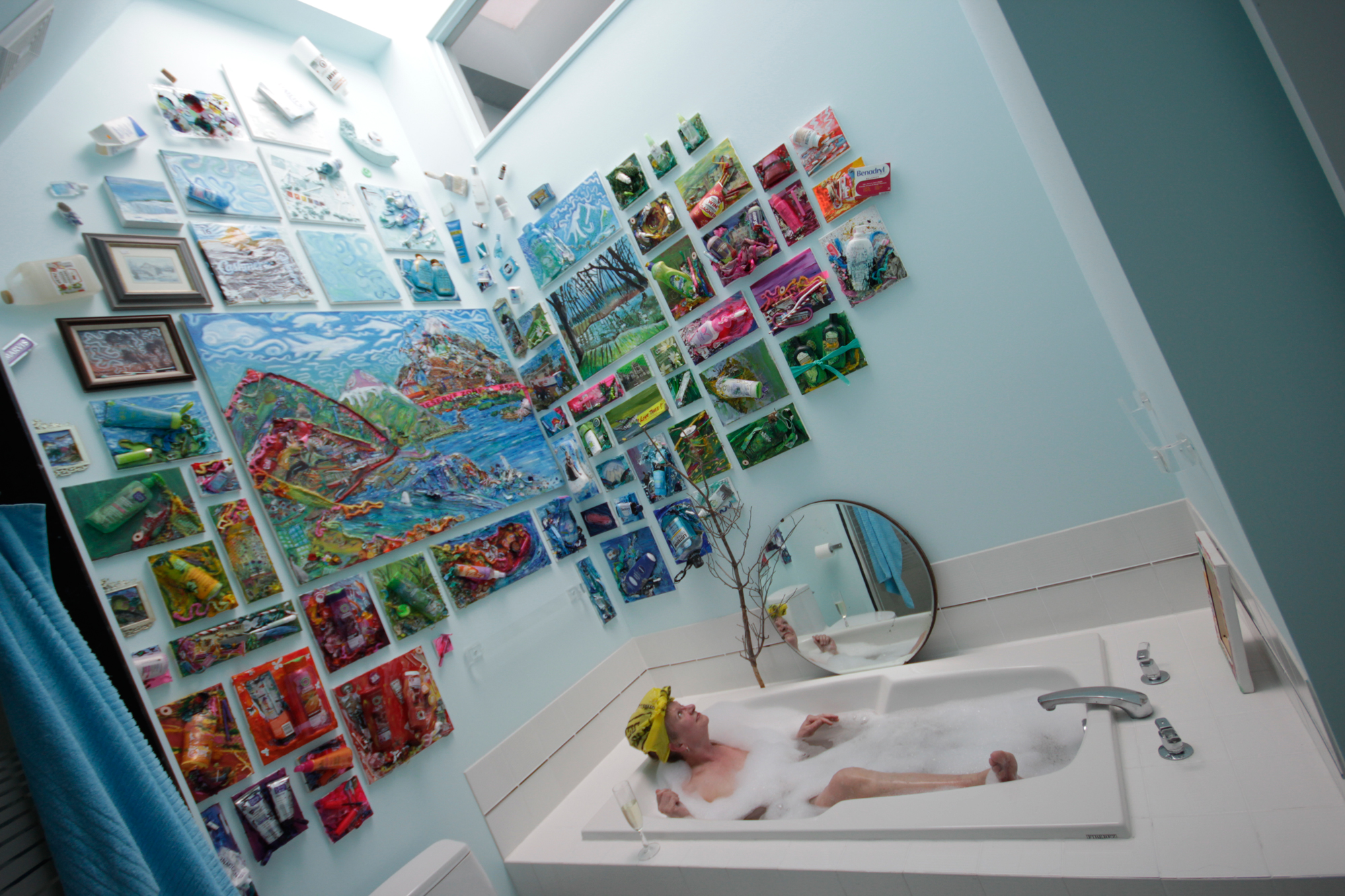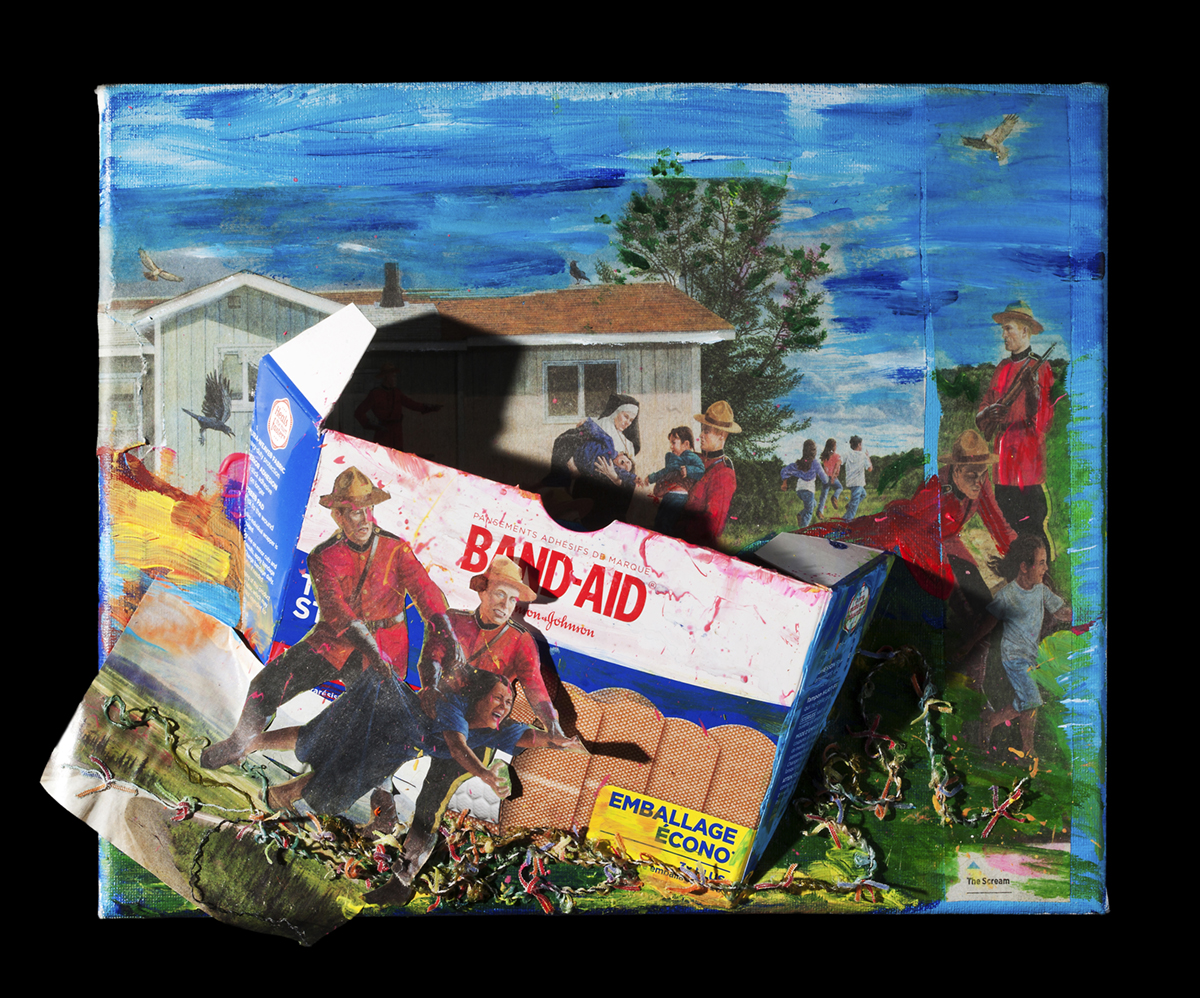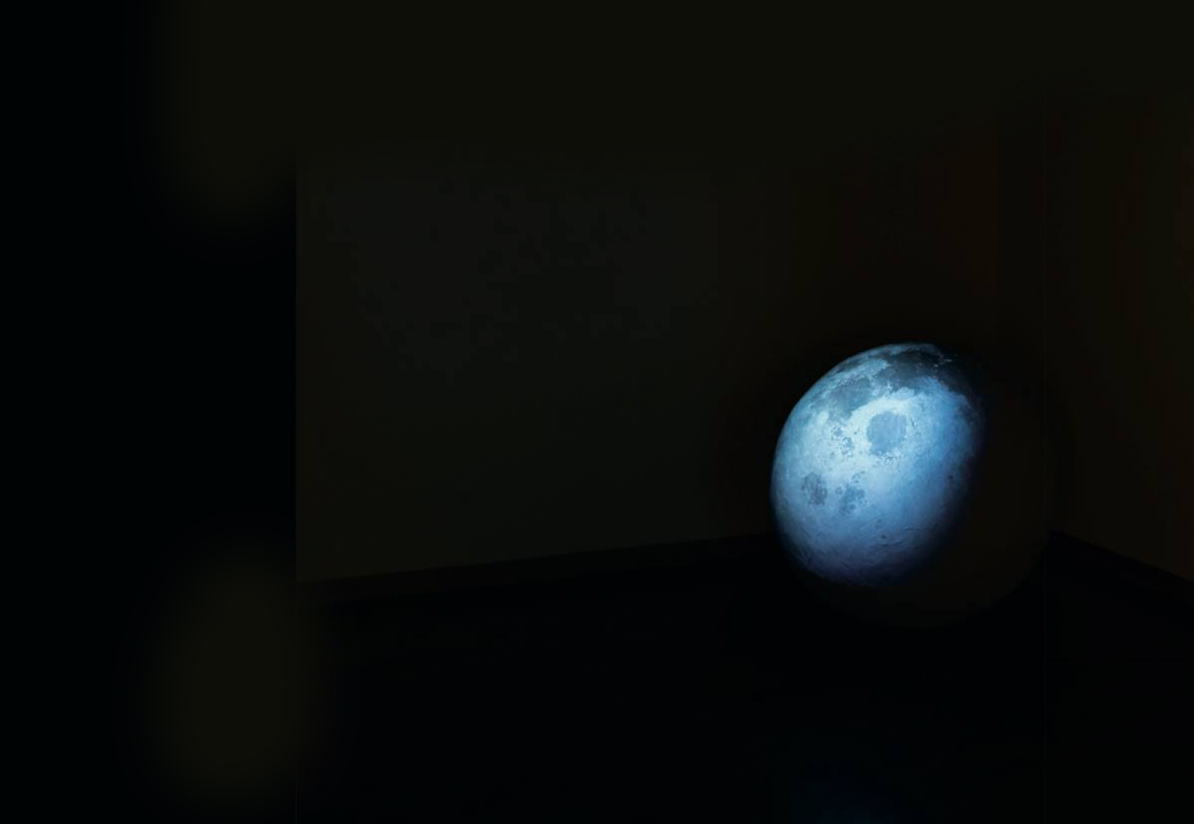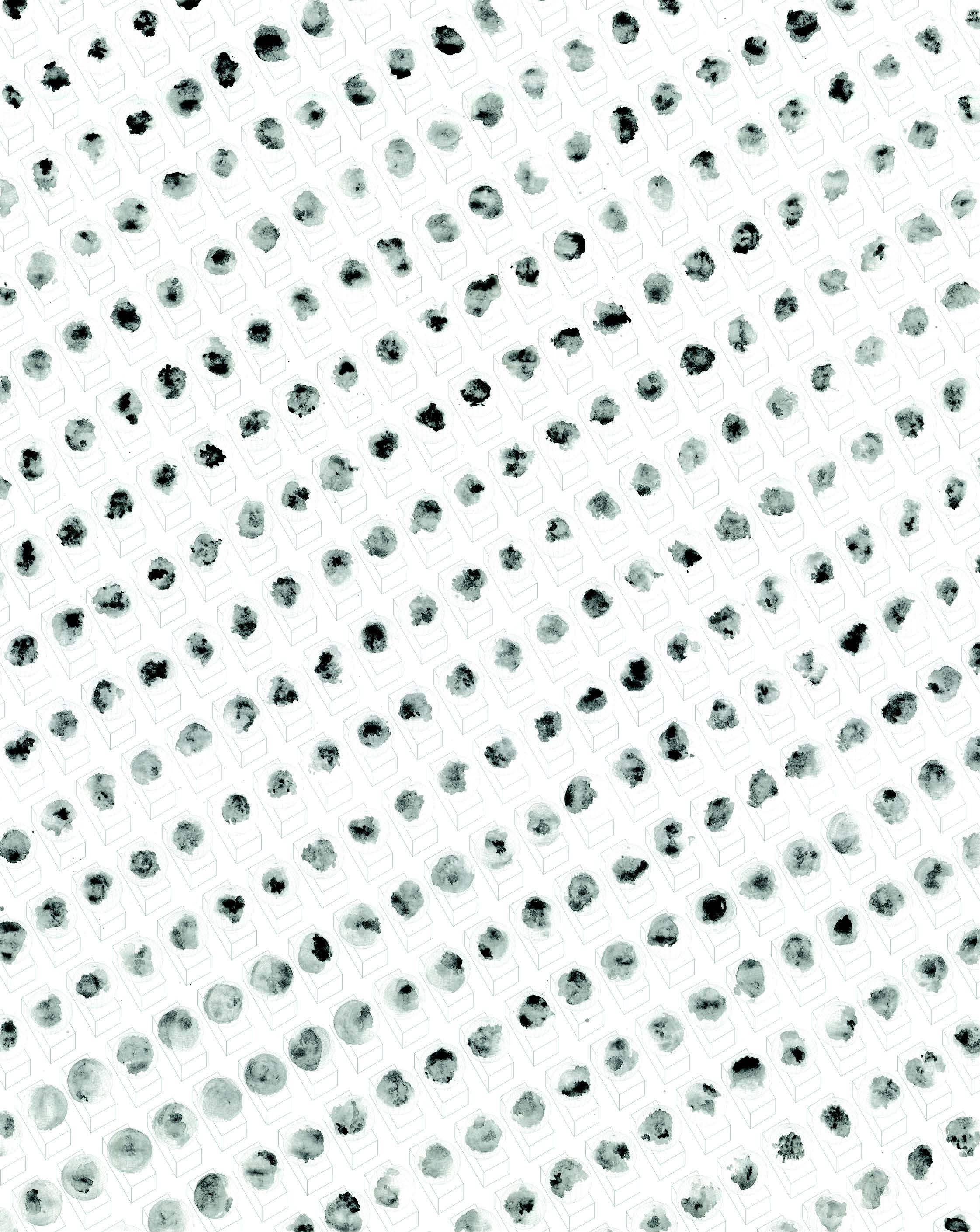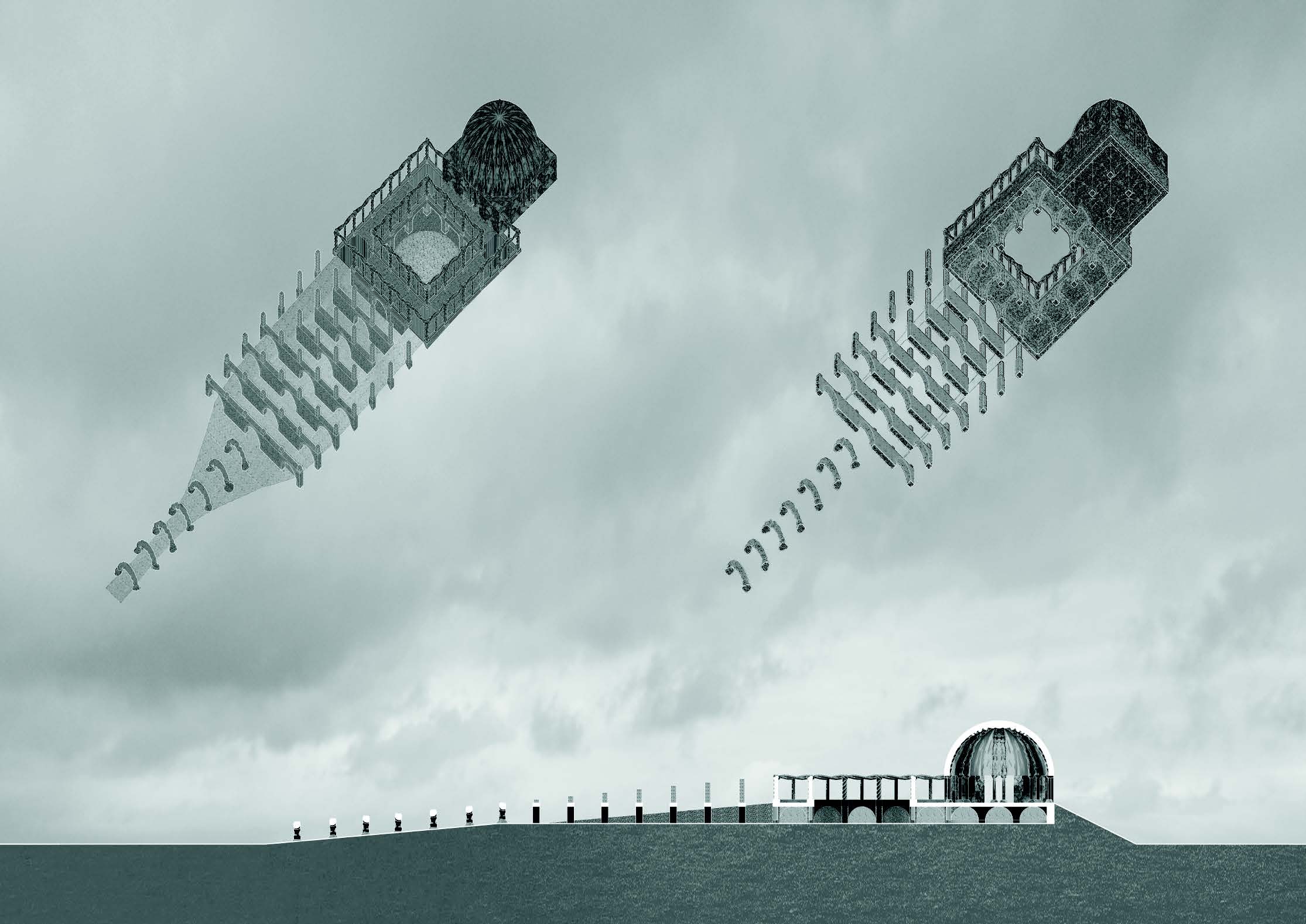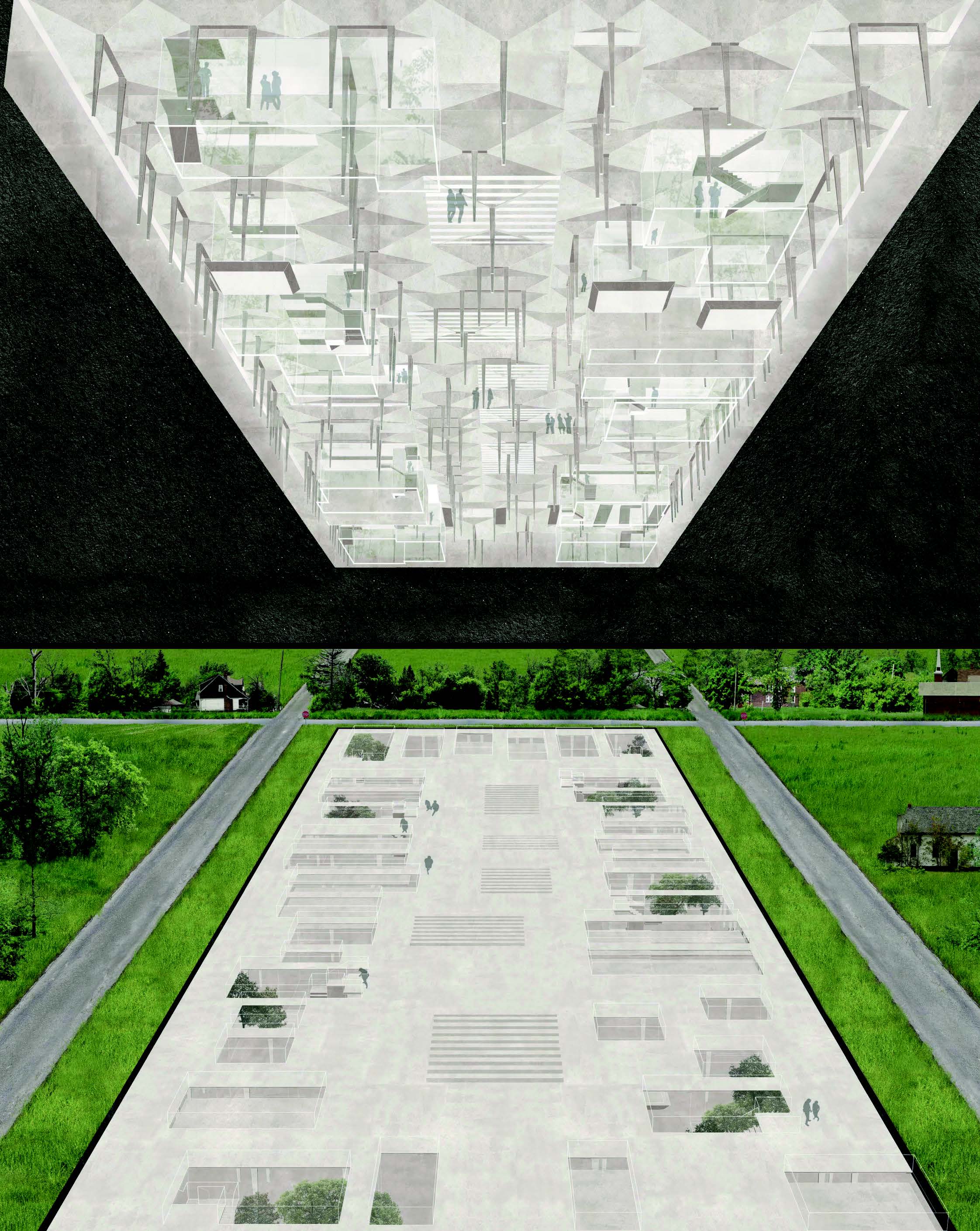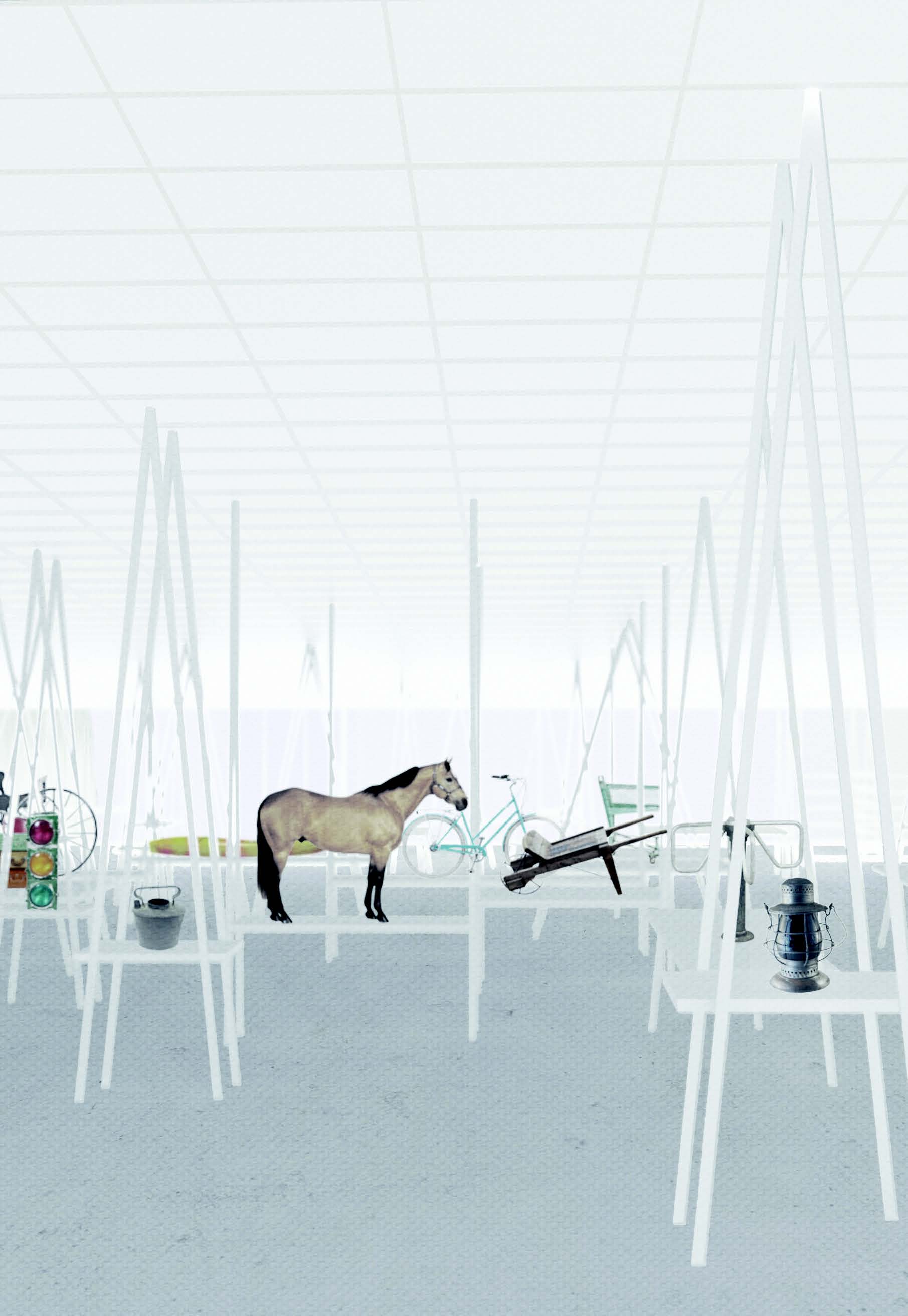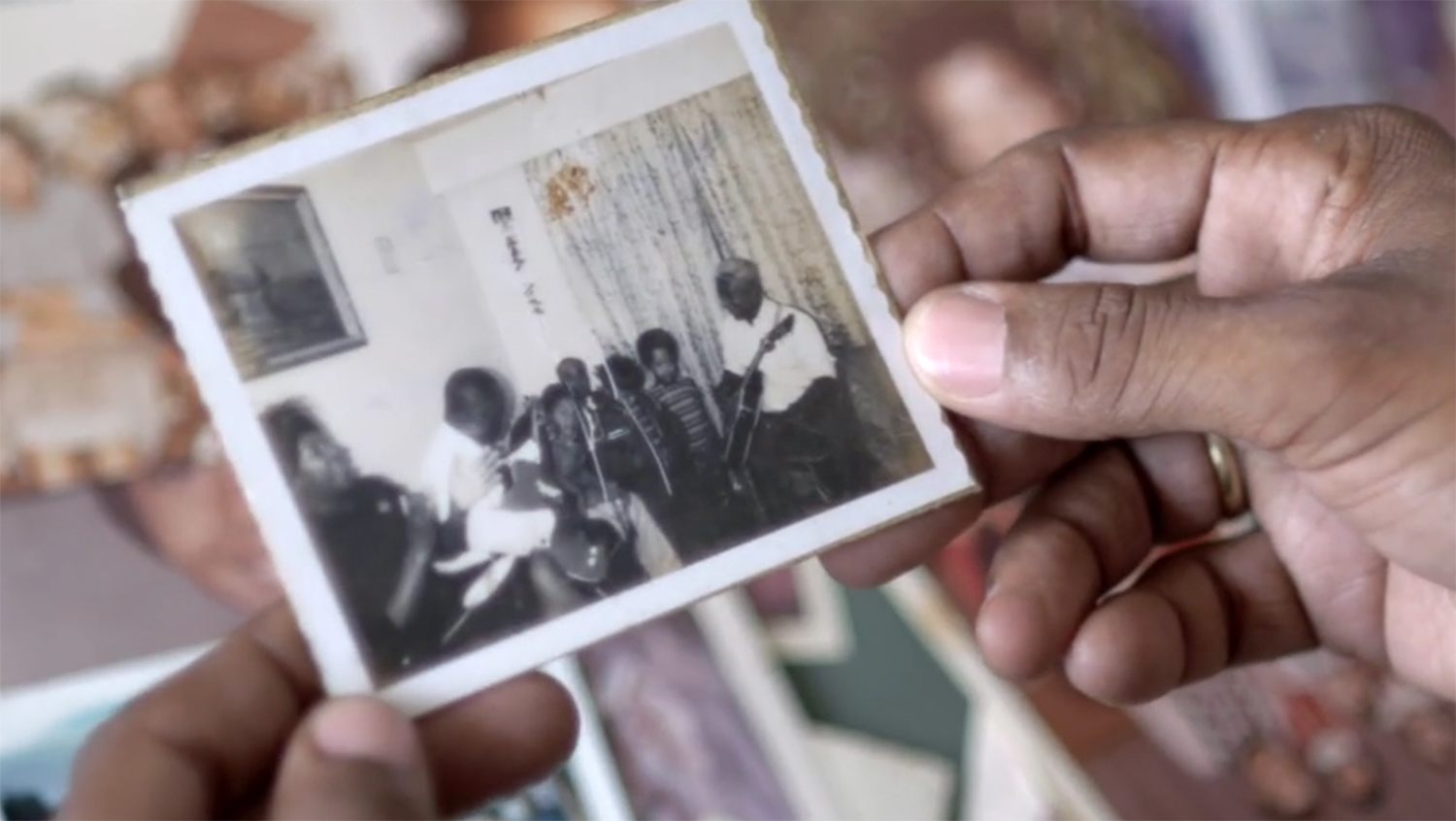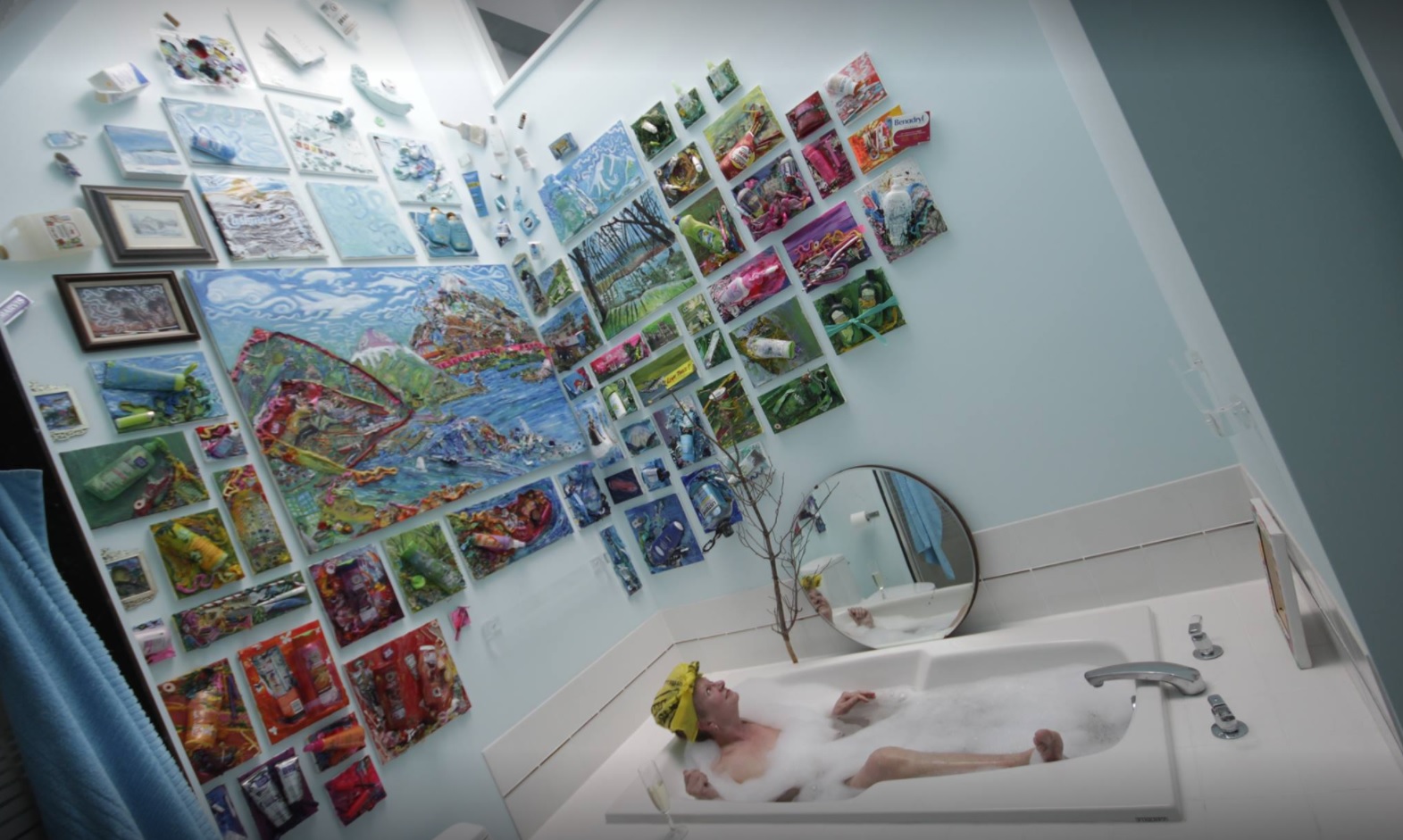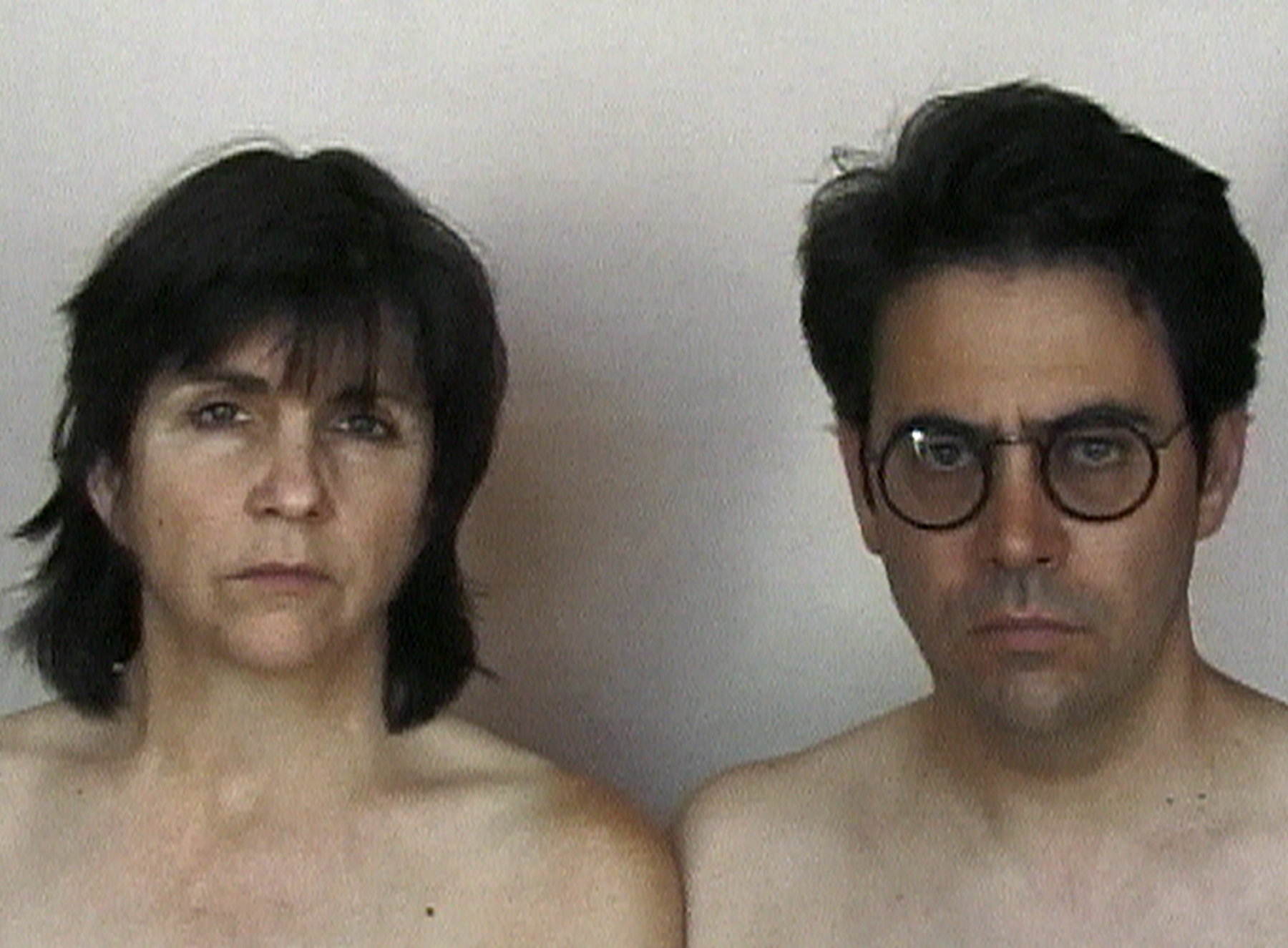Professor Joanne Tod was recently profiled by U of T’s The Bulletin Brief on her experience as an artist, her role as a teacher of new artists, and her portraits of distinguished people including Bruce Kidd, Jane Gaskell, Hal Jackman, Michael Wilson, Margaret MacMillan and Robert Prichard. Tod has exhibited her work nationally and internationally for the past thirty years; a career which began when she was 12 years old.
“In grade 7, my art teacher was the late David Cowan,” said Tod to The Bulletin, writer and editor Veronica Zaretski. “He bought several early drawings and paintings from me as well. This was undoubtedly the first affirmation, to myself and maybe even to my parents, that it might actually be feasible to pursue a career in art.”
Evolving from an early interest in Pop Art and documentary photography, Tod is widely known for her subject of social critique in the guise of high realism paintings. Between 2007 - 2011, Tod painted every Canadian soldier that fell in Afghanistan. The project, entitled Oh, Canada – A Lament, consisted of 6" x 5" portraits that were interspersed with other painted panels arranged to resemble a fragmented Canadian flag. The installation travelled to prominent galleries and museums across Canada including the Canadian Warplane Heritage Museum, Toronto's Harbourfront Centre, and the Winnipeg Art Gallery.
Tod is sometimes commissioned to paint portraits of distinguished figures. Says Tod of her process:
Usually I will meet with the person informally first, to get to know them a little. In this way I am prepared to converse with them during the modeling session, and to glean interesting information about them as academics and as people. Hopefully, some of what I learn imbues the portrait with a greater depth of understanding. It’s important to ascertain the preferred setting for the portrait – formal or informal? Institutional or domestic? Often people will want to insert something personal, such as a memento, book, or a pet, etc. which is included in the final work. I would like to think that viewers of the portraits do actually get a sense of the personality of the subject. My goal always is to get a good likeness, and to depict the subject at his or her best.
Since teaching at U of T, it has been an important goal for her to support former and current students. Recently, she commissioned recent graduate Chantal Hassard (BVS 2016) to create an installation of artwork in Tod’s bathroom (pictured above).
“It’s a bit like playing the stock market, although I am not as concerned with resale value as I am in observing how certain students evolve in their careers,” says Tod. “And I do get to witness this development because I remain friends with many of them.”
Read the full article on The Bulletin Brief’s website.


